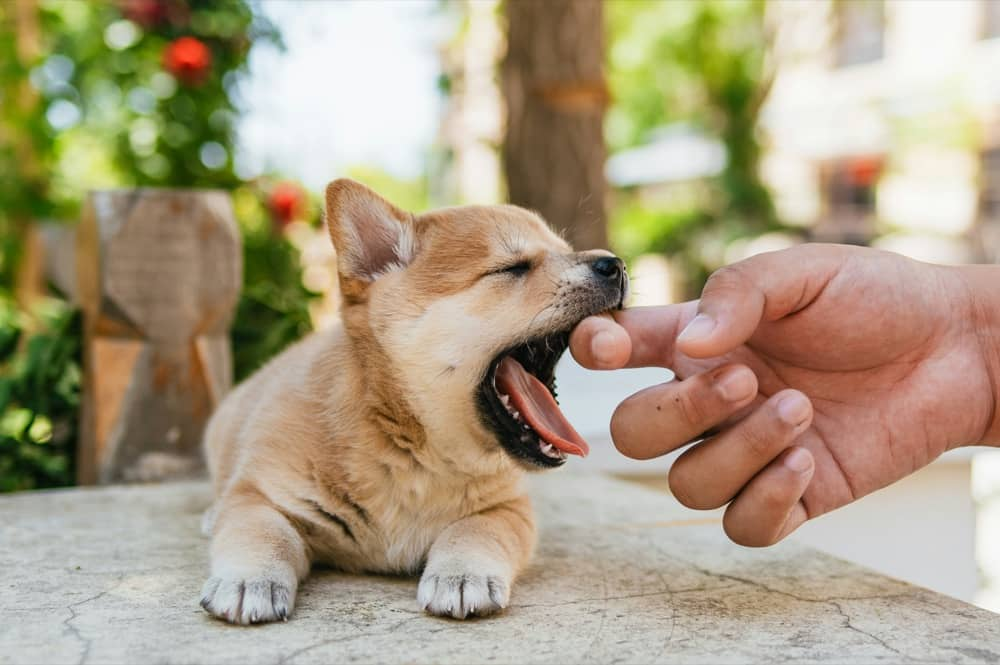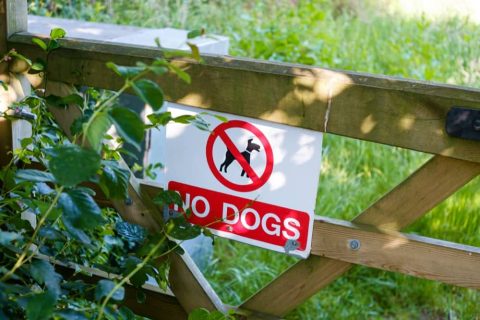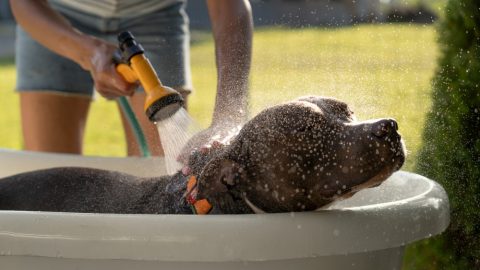Dogs are naturally curious creatures, and this curiosity sometimes leads them into dangerous encounters with snakes. Whether you live in a rural area or a suburban neighborhood, the risk of your dog being bitten by a snake is real. Understanding what to do in those first critical moments can make the difference between life and death for your pet.
In this guide, you’ll learn the most important steps to take if your dog is bitten by a snake, how to recognize the warning signs, and why acting quickly is essential to protect your furry friend.
Contents
6 Critical Steps to Take if Your Dog Is Bitten by a Snake
1. Recognize the Symptoms Early
The first step is identifying whether your dog has been bitten. Snake bite symptoms in dogs can appear within minutes, and the earlier you notice them, the faster you can respond. Common signs include:
- Shaking or trembling
- Sudden weakness or collapse
- Vomiting or diarrhea
- Excessive drooling
- Blood in the urine
- Rapid swelling around the bite wound
In severe cases, dogs may develop dilated pupils, facial swelling, paralysis, or difficulty breathing. Even if the signs appear mild, treat them as an emergency.
2. Clean and Protect the Wound
If you can locate the bite wound, rinse it gently with cool, clean water to flush away dirt and venom on the surface. Keep the bite site positioned below the level of the heart to slow venom circulation.
- Example: If your dog is bitten on the leg, elevate the chest slightly with a pillow so the wound remains lower.
- Avoid using a tourniquet or trying to suck out the venom—these outdated methods can worsen the situation.
Be cautious while cleaning; frightened dogs may bite due to pain. If possible, ask another adult to help restrain and calm your pet.
3. Call the Veterinarian Immediately
Contact your veterinarian or the nearest emergency vet as soon as you notice symptoms of a snake bite in dogs. Even if you are still cleaning the wound, make the call right away. Provide details such as:
- The symptoms you’re observing
- The location of the bite
- Whether you saw the snake
The veterinary team may give instructions to stabilize your dog while you drive. Time is critical—delays can mean the venom spreads further and makes treatment more difficult.
4. Stay Calm to Help Your Dog
Your dog will pick up on your emotions. If you panic, your pet’s stress levels will rise, which can worsen symptoms. Try to:
- Speak in a soothing, steady voice
- Handle your dog gently but firmly
- Keep movement to a minimum to slow venom spread
If another person is helping, remind them to stay calm as well. The calmer the environment, the easier it will be to transport your pet safely.
5. Identify the Snake—From a Distance
If possible, identify the type of snake, but never try to capture or handle it. Snakes can strike multiple times, and attempting to catch one could put you in danger.
Instead:
– Note the snake’s color, markings, and size from a safe distance
– If safe, snap a photo with your phone
– Share this information with your veterinarian to guide treatment
Avoid approaching the snake, even if it seems immobile. Many venomous snakes can strike again without warning.
6. Act Quickly and Head to the Vet
Speed is everything. Do not wait to “see what happens” after a snake bite. Drive your dog to the vet or emergency clinic immediately.
- Most non-venomous bites cause only mild swelling and pain, but unless you are certain of the snake species, assume the worst.
- Venomous snake bites can become fatal within hours if untreated.
Always err on the side of caution. Even if your dog improves on the way to the clinic, venom effects can return suddenly and severely.

Why Quick Action Saves Lives
Snake bite treatment in dogs is most effective when started early. Antivenom and supportive care can significantly reduce the risk of complications, but delays in seeking treatment can lead to organ damage, neurological issues, or even death.
Remember:
– Do not try home remedies like ice packs, alcohol, or cutting the wound
– Do not allow your dog to run or overexert itself
– Do keep your vet’s emergency number saved in your phone
Final Thoughts
A snake bite is one of the scariest emergencies a dog owner can face. By staying calm, acting quickly, and knowing the right steps, you give your dog the best chance of survival and recovery.
Even if you suspect the bite came from a non-venomous snake, always let a professional veterinarian confirm. It’s far better to be cautious than to risk your pet’s health.
Protect your pup, stay prepared, and remember—when it comes to snake bites in dogs, every minute matters.







